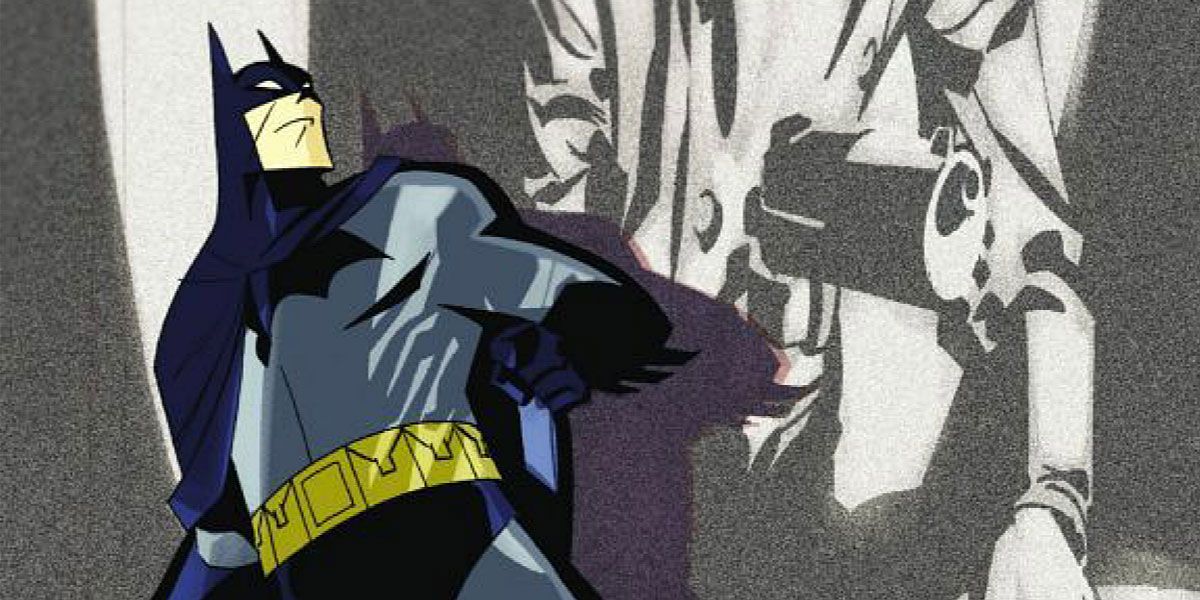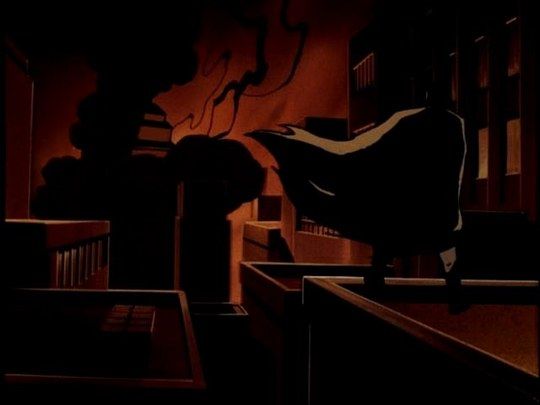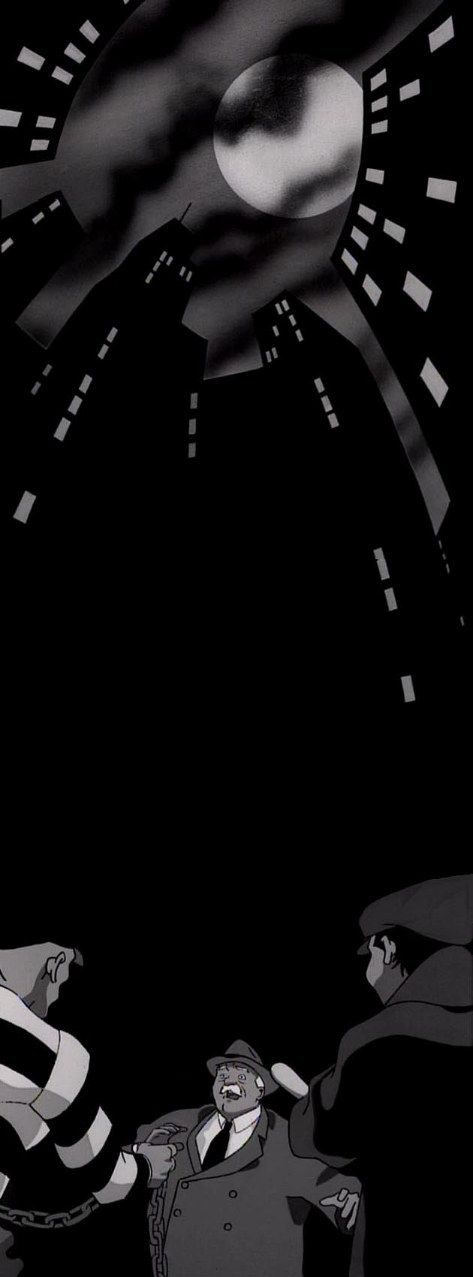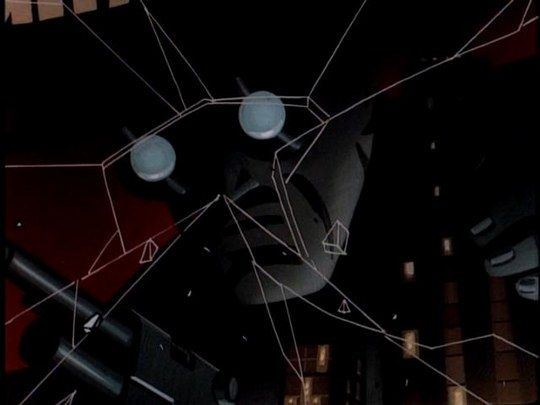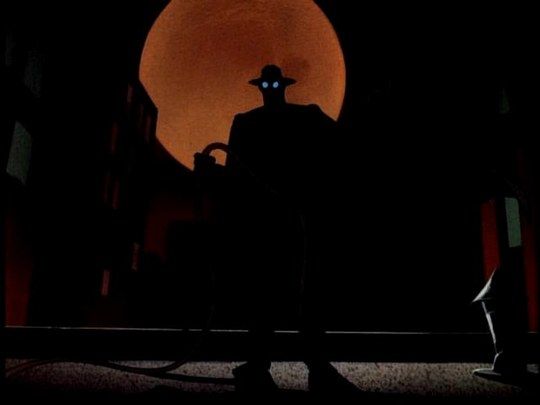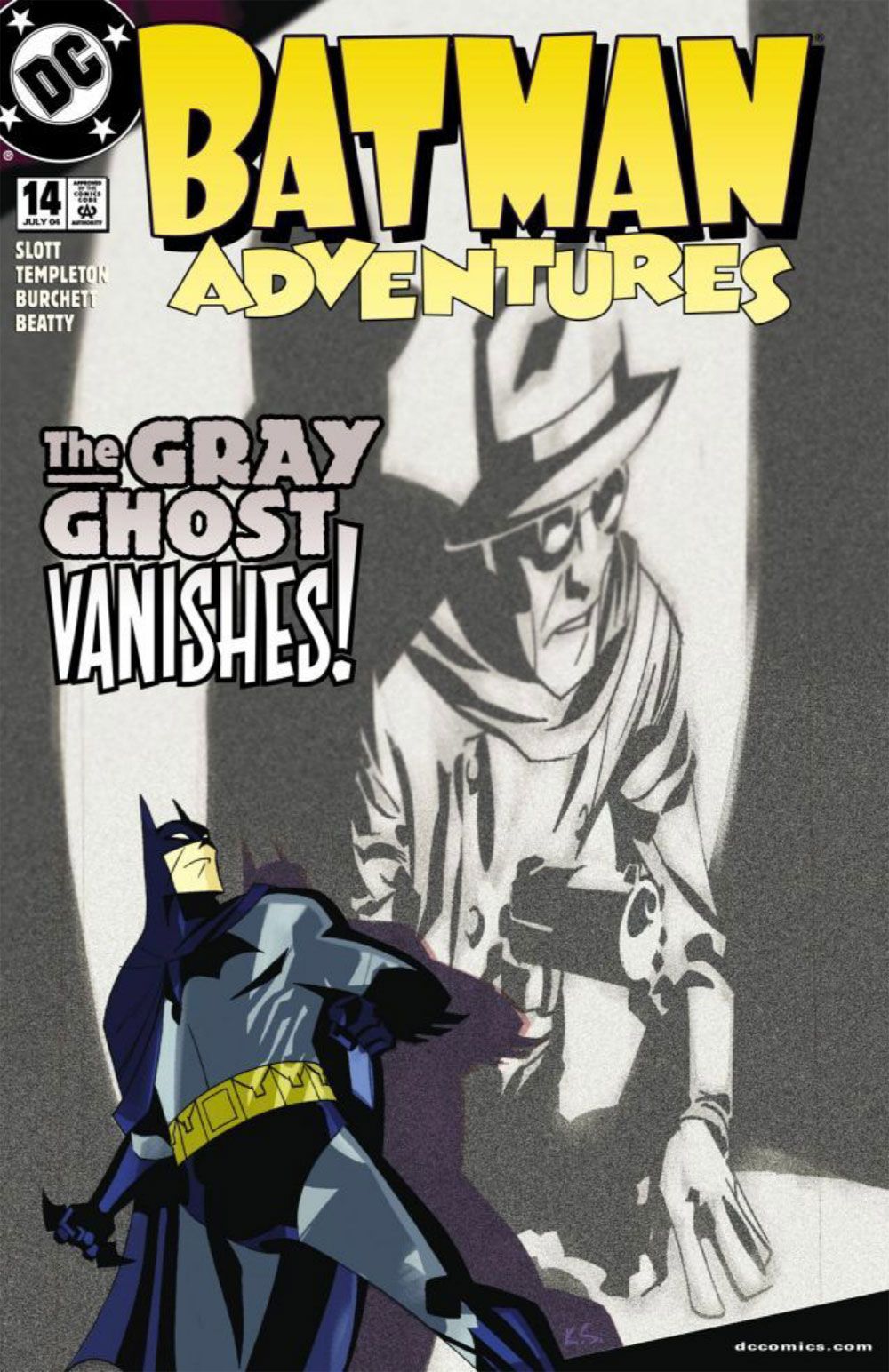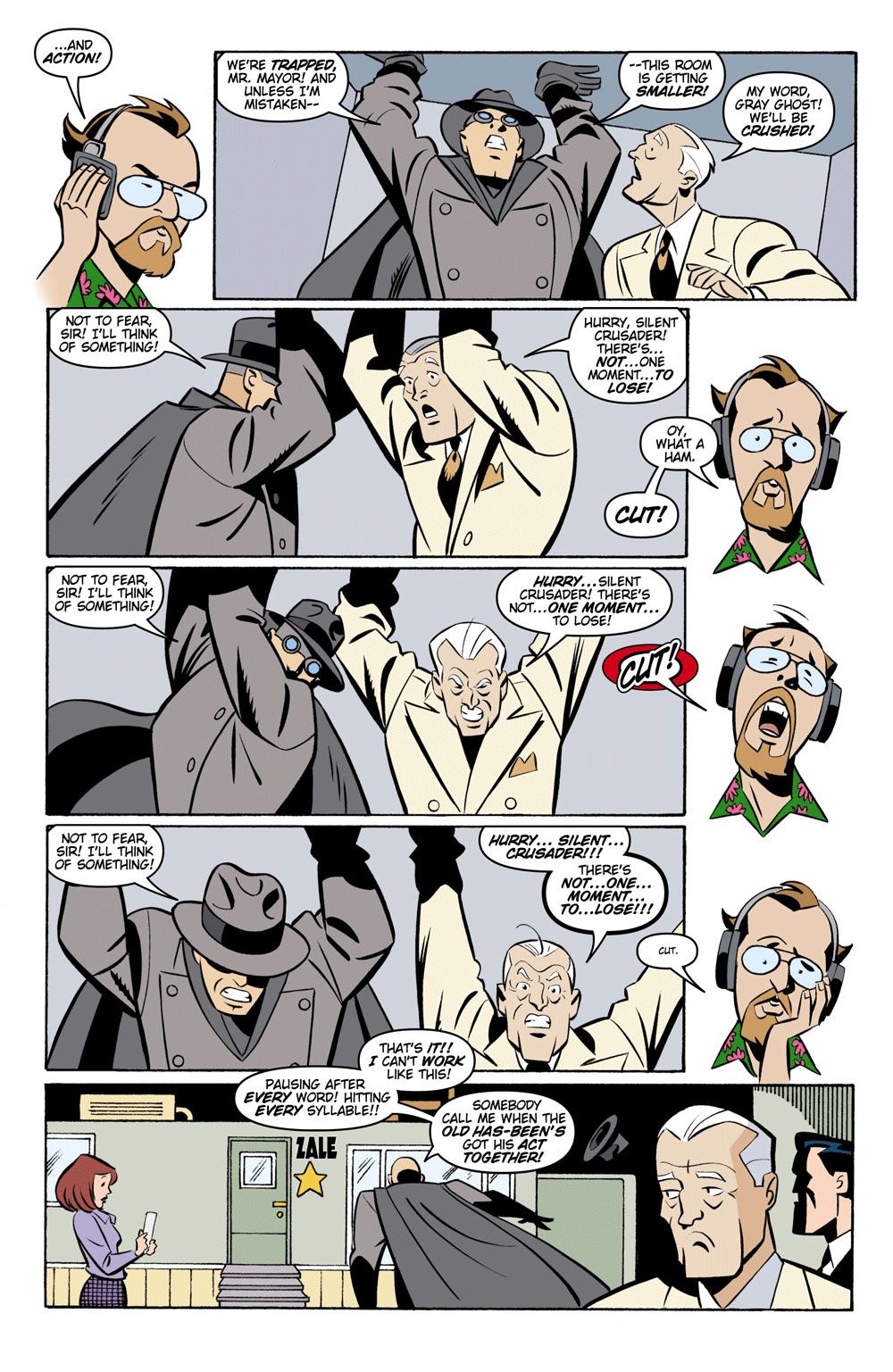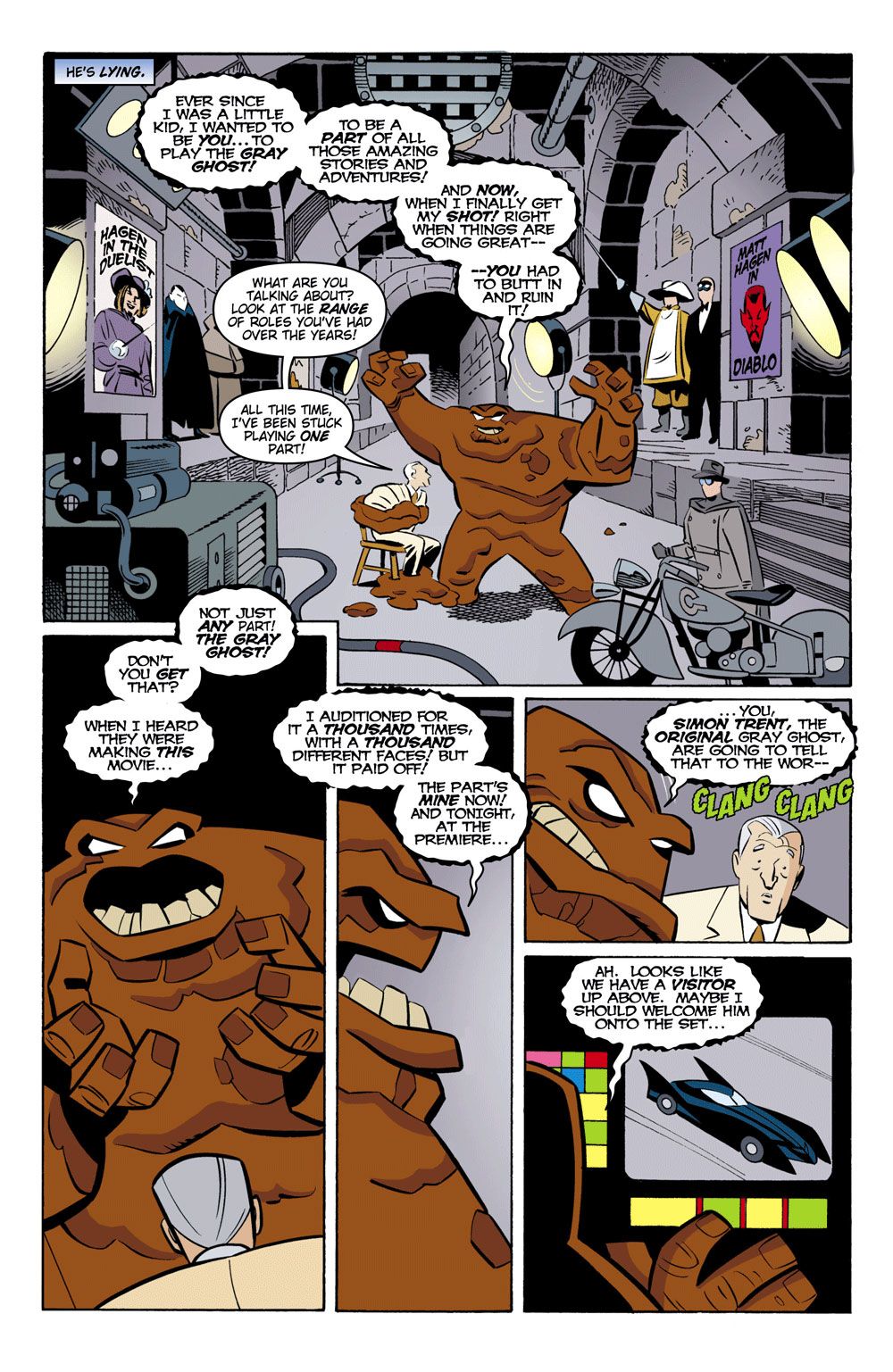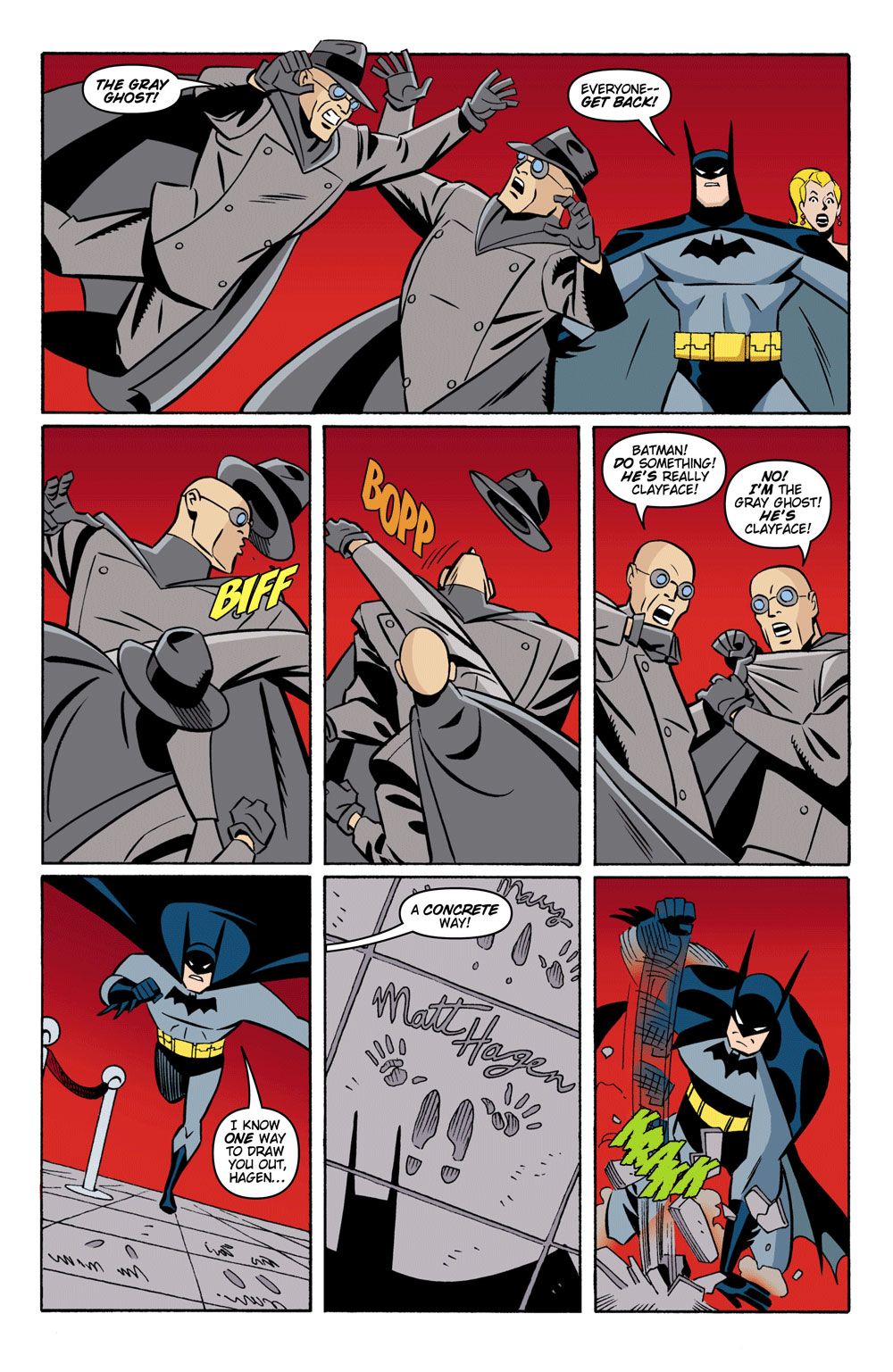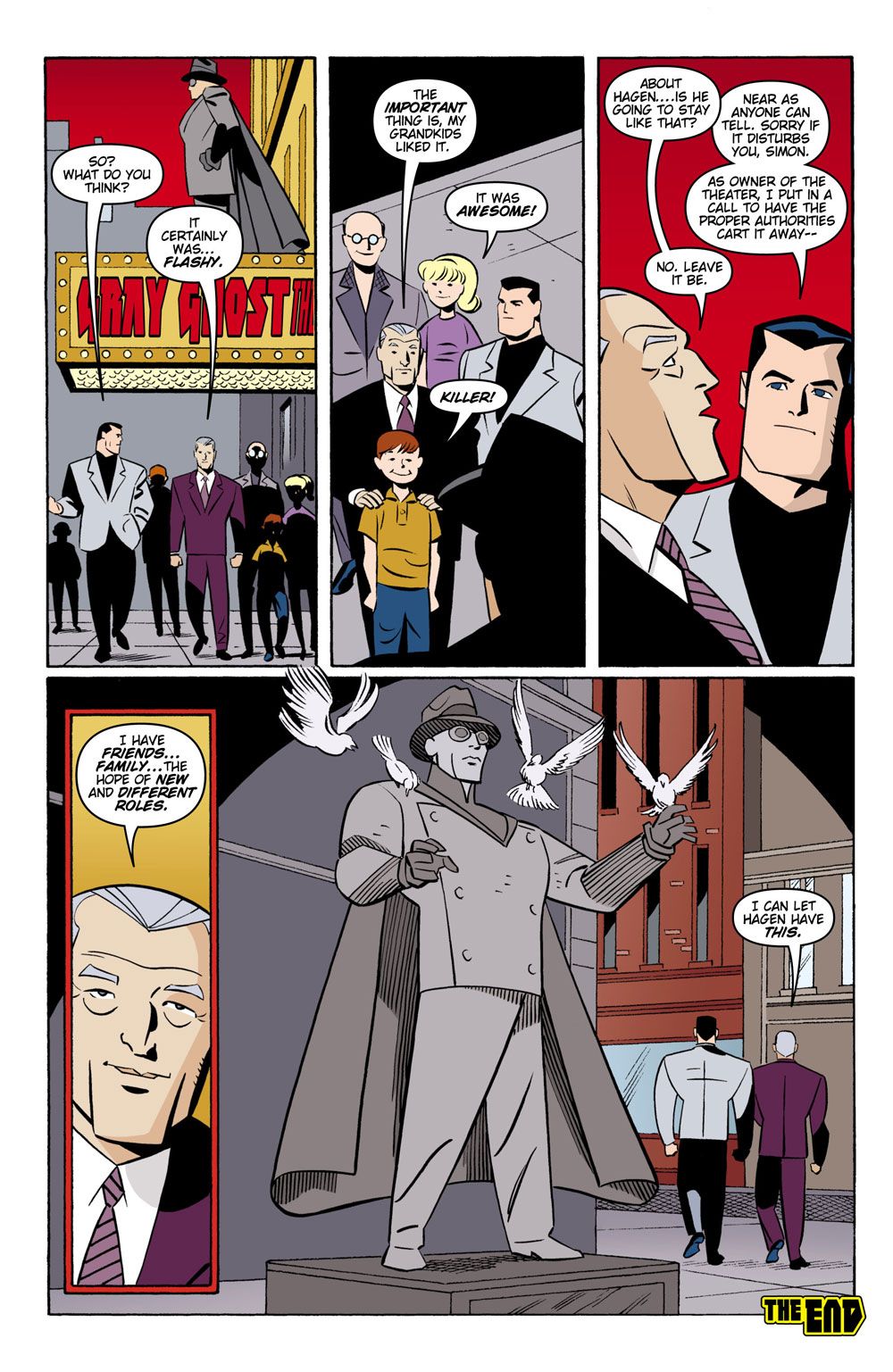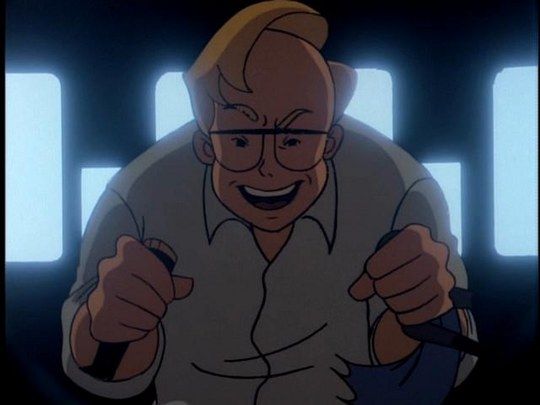Welcome to the twenty-third edition of Adventure(s) Time, where we look back on an episode of a classic animated series, and an issue of its tie-in comic that shares a similar theme. This week, we examine a famous Batman: The Animated Series episode, and a little-known follow-up from the final days of the Batman Adventures series. Are you prepared to face the Ghost in Gray?
RELATED: When Superman: The Animated Series Tried to Make Clark Kent Cool
Airing on November 4, 1992, "Beware the Gray Ghost" was the eighteenth episode of Batman: The Animated Series produced, although its premiere was delayed a few weeks, airing as the thirty-second episode. Written by Dennis O'Flaherty, Garin Wolf and Tom Ruegger, and directed by Boyd Kirkland, anyone familiar with the series remembers this one. "Beware the Gray Ghost" is the Adam West episode, the story of Batman meeting the actor who portrayed his childhood idol, after a series of crimes mimic an episode of the hero's television show.
View Full Article On One Page, Or Leap To A Section:
- The Gray Ghost Enters Bruce Wayne's World
- The Gray Ghost's Big Comic Book Adventure
- Easter Eggs, Trivia and More
The narrative of the episode jumps between Batman's memories of a Gray Ghost episode of his youth and today's series of bombings. Hoping to stop the bomber, Batman tracks down the only owner of a complete collection of Gray Ghost episodes -- the actor who played the adventurer, Simon Trent.
Batman learns the elderly man is no hero in real life, and even briefly suspects him of having a hand in the bombings. Trent eventually finds the inner strength to do what's right, however, coming to Batman's aid and helping him apprehend the deranged bomber. The culprit turns out to be another figure who can't escape the past -- toy store owner Ted Dymer, who claims he needed this ransom money to collect all of the expensive toys of his youth.
"Beware the Gray Ghost" is a story of childhood passions and warm memories, and now that decades have passed since its original airing, the nostalgia snake has officially eaten its own tail. The Gray Ghost was a play on the initial masked heroes of the 1930s, like the Shadow, who inspired the creation of Batman. He was voiced by Adam West, the actor who defined Batman for a generation in the 1960s. The producers were so adamant about having their favorite Batman voice this character, they say they wouldn't have done the episode without West. Today, this episode evokes pleasant memories of childhood for adults who remember watching the unusual episode in the early 1990s.
Page 2: [valnet-url-page page=2 paginated=0 text='The%20Gray%20Ghost%20Enters%20Bruce%20Wayne%27s%20World']
The Gray Ghost Enters Bruce Wayne's World
Kids clearly don't have much of an investment in nostalgia, nor were they likely to pick up on the meta-references and allusions to decades-old entertainment seen in "Beware the Gray Ghost." Their interest in heroes is usually pretty straightforward, and likely most of the children watching this installment enjoyed it as a nicely animated action piece. Adults are in for a very different experience watching the episode. Not only does the story stir up memories of early mornings or late afternoons glued to the adventures of your favorite hero, dreading the approaching school bus or warnings about bedtime, but the portrayal of lost youth, of feeling forgotten, and never escaping the past speak to common adult anxieties.
How perfect was the casting of Adam West in this part? This was a man who experienced the same typecasting that killed the career of the fictional Simon Trent, and while he never descended into the poverty we see in this episode, he surely felt the sting of unanswered phone calls and lost roles. In a way, West was almost too good as Batman -- who could ever hear that voice, that quirky delivery, and not be reminded of that role?
While West's hammy delivery became legendary over the years (and worshiped by comedy writers like Conan O'Brien), "Beware the Gray Ghost" shows legitimate range in West's voice acting. After the destitute Simon Trent receives one more rejection note from his agent, one more demand from his landlord to pay the rent, he snaps, wrecking his display of Gray Ghost memorabilia. He cleans up the mess and sells off the final pieces of merchandise for a quick buck, and while holding back tears, tells a shattered reflection of his alter ego that he's paid the rent for the last time. Merely having Adam West, years away from his pop culture resurgence, voice these lines naturally adds resonance to the words. But the sadness in his voice, the vulnerability, shows that there was more to West than just camp.
The closing of the episode, which has Simon Trent donning his old costume and regaining his celebrity after helping Batman defeat the bomber, is about as upbeat an ending as the series ever presented. While this might be viewed as a stretch, considering the darker tone of Simon's introduction in the episode (and you've really got to wonder how the senior citizen is able to crash through windows and somersault on top of bad guys), it's honestly touching.
Adam West didn't share the exact fate as the nearly homeless Simon Trent, but he was viewed as a relic from an embarrassing era for many years, in addition to being unfairly dismissed as a bad actor. (West's delivery of those lines on Batman was very intentional, and he was never truly given credit for the wit he brought to the role.) The producers were providing their childhood hero more than just a pity job, they gave him a happy ending and another opportunity to add to the legacy of this character.
While the Gray Ghost doesn't have any more official appearances in the animated series, the character was due a return in the pages of Batman Adventures. The closing run of the comic was a continuity-rich farewell to the canon, and in issue #14, creators Dan Slott and Rick Burchett gave readers the final Gray Ghost tale in "Real to Reel."
Page 3: [valnet-url-page page=3 paginated=0 text='The%20Gray%20Ghost%27s%20Big%20Comic%20Book%20Adventure']
The Gray Ghost's Big Comic Book Adventure
Much as "Beware the Gray Ghost" opens with an awestruck child watching an installment of the Gray Ghost's show, this issue begins with a freckle-faced youngster denied the climactic resolution to an episode, thanks to his mother's demand that he finish his homework. The next day, the child skips school in order to attend Simon Trent's autograph signing at the local mall. Who should Trent make the autograph out to? "Matt Hagen!" the kid replies...and this isn't an insignificant Easter egg, folks.
As you've probably guessed, this is a story of deformed actor Matt Hagen, better known as Clayface, and his unlikely obsession with his childhood idol. It's the type of continuity connection that Dan Slott is now known for, drawing together two of the defining traits of two very different characters in this canon. The world's other biggest Simon Trent fan, Bruce Wayne, isn't forgotten. As the owner of the movie studio producing the big screen Gray Ghost film, Bruce has demanded that Trent appear in an added scene during pick-ups. Unfortunately, Trent's acting skills aren't compatible with the darker tone of the new film.
When Trent visits the dressing room of the new Gray Ghost, Trystan Zale, to apologize, he's in for the shock of his life. "Trystan" has let his guard down for just a moment, and accidentally exposed himself as Clayface. He takes Simon Trent hostage, and while Batman searches the city for the missing actor, Clayface explains that no one is going to take away his dream role.
Batman, being Batman, quickly deduces that Clayface has kidnapped Simon Trent, all while Trent uses his memories of a previous Gray Ghost episode to escape captivity. That evening, the premiere of the Gray Ghost film finds Trystan Zale in his Gray Ghost garb, a newly arrived Simon Trent arriving in the same outfit to denounce Zale as a fraud, and Batman caught in the middle.
This is one of the sillier examples of the old "which one do I stop?" cliché. The resolution is actually rather clever, though, playing into a theme of the issue -- Hagen is such an egomaniac, he missed the entire point of the show he loved so much as a child. He cares far more about receiving glory as the Gray Ghost than he does in helping others, which is diametrically opposed to the lesson Bruce Wayne learned from the series.
Furious that his concrete honor has been destroyed, Hagen exposes himself as Clayface and squares off against Batman. Unfortunately for him, a cement mixer is nearby, and it doesn't take a genius to guess what happens next. Batman defeats his foe and Simon Trent is able to enjoy the film with his children and grandchildren. The ultimate form that Clayface chose to take during his final moments, however, is a surprise.
*
The Wrap-Up
Design-y
"Beware the Gray Ghost" is animated by Spectrum, the Japanese studio that's best known for the classic "Heart of Ice" episode. This episode isn't quite on that level, but the movements are incredibly fluid, the color scheme in both the flashbacks and present day is incredible, and those explosions are beautifully animated. The only real knock against the episode would be the notoriously rubbery Batmobile that appears in one scene, but that's forgivable. In terms of painted backgrounds, the Mad Bomber's toy store is pretty impressive.
Multi-Media
Both stories feature no shortage of references to other pieces of media, and known actors. "Trystan Zale" is a nod towards Christian Bale, who'd just been cast as the latest Batman. People Magazine is allowed to appear in the closing of "Beware the Gray Ghost," because it's also a part of the Time-Warner family, and just as Simon Trent plays a mayor in the Gray Ghost film, Adam West was appearing as the mayor of Quahog on Family Guy at this time. And, years after this episode aired, it was referenced in one of the movie posters seen in the Batman: Arkham Knight video game.
Page 4: [valnet-url-page page=4 paginated=0 text='Easter%20Eggs%2C%20Trivia%20and%20More']
Continuity Notes
For unknown reasons, Rick Burchett seemed think the Gray Ghost wears a bald cap when penciling Batman Adventures #14.
Unfortunately, the Batman Adventures issue also made the mistake of referencing the eighteenth episode of the Gray Ghost's show as "Waxworks of Woe," when the original "Beware the Gray Ghost" informs us that the eighteenth episode of the series was known as “The Mad Bomber†-- the episode Batman is on a quest to find. Since "Beware the Gray Ghost" was also the eighteenth episode of Batman, this is likely what Slott was referencing, forgetting that the producers had already chosen that number.
For the record, here are the (legible) titles of previous Gray Ghost episodes, as seen on the tapes in Simon Trent's collection:
- “Have A Heartâ€
- “Red Ghost Runâ€
- “The Clawâ€
- “Take A Hikeâ€
- “One On Oneâ€
- “Dr. Deathâ€
- “Jimmy’s Homecomingâ€
- “The Doll Makerâ€
- “Gray Ghost Returnsâ€
- “Missing Linkâ€
- “The Card Sharkâ€
- “Spy Smashersâ€
- “The Secret Chamberâ€
- “The Road Tripâ€
- "Terror in the Sky"
- “Earthquakeâ€
- “Sweet Revengeâ€
- “The Mad Bomberâ€
- “Electronic Manâ€
- “Sweating Bulletsâ€
Hey, I Know That Voice
Adam West isn’t the only famous guest to appear in this episode. Series co-creator and father of the DCAU Bruce Timm provides the voice of Ted Dymer, a.k.a. the Mad Bomber. He's also the inspiration for the character's visuals. Timm has actually played numerous small parts in various DCAU cartoons, but this is his largest role.
Over the Kiddies’ Heads
Not only would children not be able to fully grasp adult memories of an obscure piece of childhood entertainment, but no kid today would understand the quest Bruce Wayne undergoes to find copies of the Gray Ghost television show. Any kid watching this episode today is surely streaming the video, and questioning just why Bruce is driving around town, searching for something he can easily pull up on his tablet.
Battle of the Ghosts
"Real to Reel" is a treat for Batman fans with fond memories of "Beware the Gray Ghost." It’s also a way to draw together two separate threads of continuity, and do one final story focusing on Clayface’s showbiz career. The story leans more into camp than its animated predecessor, playing off Adam West’s unique line deliveries (with the expectation that the reader can mentally fill in that voice), and creating a more absurd idea of what the Gray Ghost TV show was like. It’s fun, but not that deep. Fans tend to view it as an unexceptional entry in an otherwise incredible run.
"Beware the Gray Ghost" is notable for not taking the obvious route of portraying Gray Ghost as a typical 1960s camp figure. (And the score by Carl Johnson is a work of art, perfectly capturing the sound of a bombastic movie serial, and then growing somber during Simon Trent's moments alone.) Although a hypothetically thirty-five year old Batman in the early '90s would've been a kid in the Batman '66 era, representing the 1960s pop art movement just wouldn't work with the show's design sense. Since the world of Batman: The Animated Series is sort of today and sort of yesterday, it's fitting that Bruce's childhood hero is from the same era that inspired Bill Finger and Bob Kane to conceive of Batman in the first place. And while West's voice will always evoke Batman, he's legitimately convincing as a 1940s-era movie serial star. "Beware the Gray Ghost" is a genuinely touching episode, and one of Adam West’s most significant contributions to the Batman mythos.
That's all for this week. Special thanks to the World's Finest crew for research assistance. If you have any suggestions for future installments, just leave a comment or contact me on Twitter.

